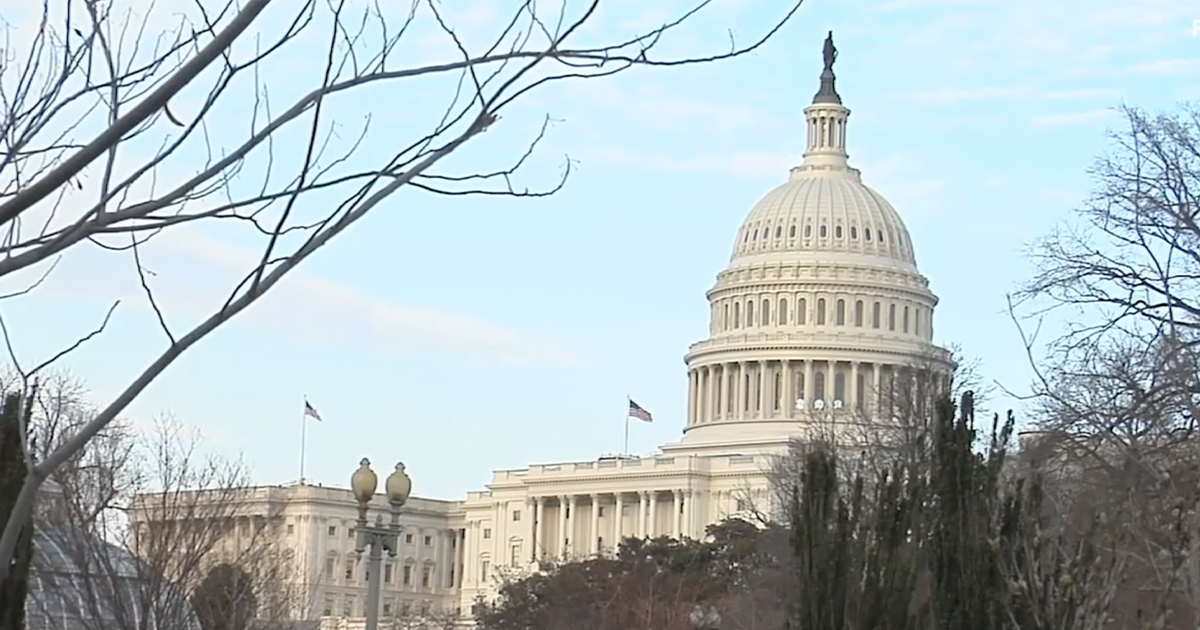Washington, D.C.
For the first time in three years, Georgia Farm Bureau legislative staff, Directors, and County Presidents made the trip to Washington to advocate for the ag industry – something GFB President, Tom McCall says is vitally important, especially at a time with so much hanging in the balance for farmers and producers across the country.
“It’s good to get back to bringing presidents to Washington to meet with their congressmen,” says McCall. “We hope there’s going to be a Farm Bill written this year. It’s time, for a new farm bill and we need to have our input on what Georgia needs as far as the products that we grow; we need to have input into how the farm bill is going to be written.”
The trip couldn’t have come at a better time as the ag industry is facing a number of issues such as high input costs, high interest rates, and low commodity prices – something Austin Scott, Vice Chair of the House Ag Committee says is a focus of his and the committee this congress.
“Most of the farmers I know are very concerned that commodity prices fall while, while inputs stay up. One of the things that we’re going to take a very serious look at is reference prices in the farm bill and making sure that we move those, that we take into account the increased cost of production,” says Scott. “We’re very concerned about the increased risk of the ag economy and therefore rural America’s economy that exists in production agriculture, and from a global standpoint, what that means for the United States and the rest of the world, is that if you have farmers planting fewer acres, because they’re wanting to become more risk adverse, then you actually have less food supply, not just for the US, but for other parts of the world.”
This year is also when the current farm bill is set to expire, which means policy hearings and meetings are underway on Capitol Hill to get a new bill written and passed, which according to Scott, is going to be a challenge as more than eighty percent of the bill is for nutrition – leaving what’s left to be figured out how to protect our nation’s farmers and producers.
“Eighty-two percent of farm bill spending now goes to some type of food or nutritional program,” says Scott. “Now you’ve taken eighty-two cents of every dollar that’s going to nutrition, that leaves you with eighteen cents that gets split between crop insurance, conservation, and commodities, and so then we’ve got to figure out the way to best spend the money in the farm bill to make sure we’re reducing the risks for the ag producer. That’s going to come from making sure that we have new crop insurance products out there; specialty crops, fruits, vegetables, most of those producers are paying into the NAP system, non-insurable crop assistance program. That doesn’t work very well for those products. We don’t have anything for pecan trees, citrus, and other things, so we need more risk management tools out there and that’s one of things I hope we do is get more money into the crop insurance system and give more products available to producers the that are out there.”
By: John Holcomb

